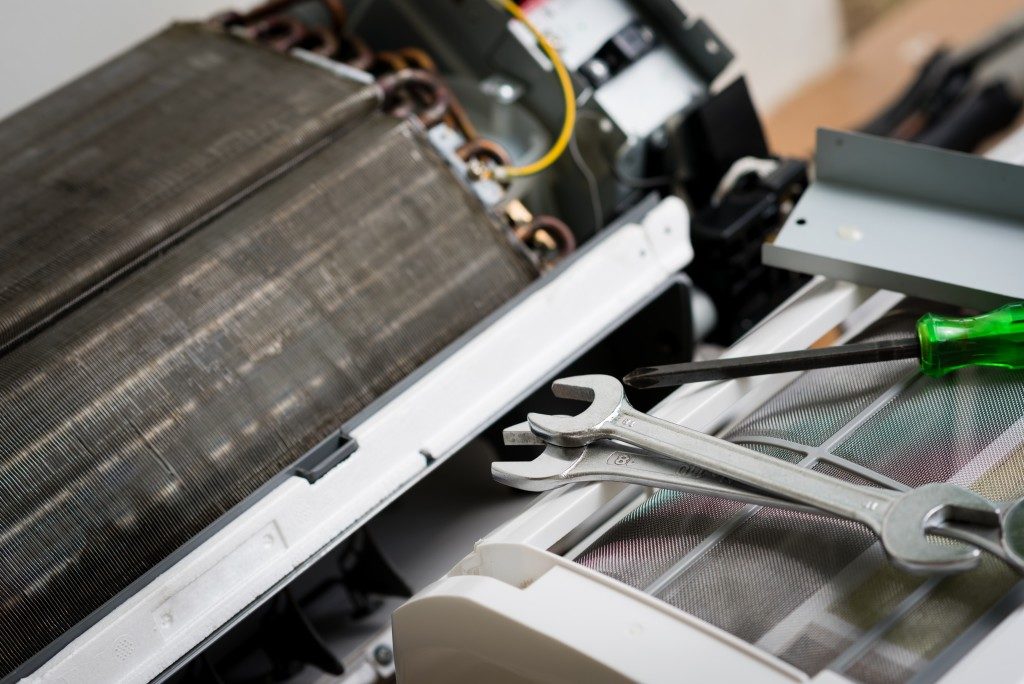Air conditioning units are closed systems. This means that once you hook in your system, charge the refrigerant and switch the unit on, there should be no need for more refrigerant. The units, however, are not perfect and sometimes develop refrigerant leaks. The leaks are evidenced by skyrocketing electric bills, a unit that runs longer than usual or never reaches its set thermostat reading, and air vents that blow slightly cooled or warm air.
The first step AC repair technicians in Seminole take for the correction of this problem is locating the leak. Most property owners opt to simply re-fill the refrigerant, but this is generally only a band-aid solution.
A leak detection test enables the repair technician to locate the cause of the leak and repair it, thus sealing the refrigerant in the AC unit. Here are some of the detection tests used for AC refrigerant leaks.
Electronic Detection
This is the cheapest detection test used for refrigerant leaks. There are two electronic detector types. The corona-suppression detector uses electric currents. A drop in the electric current in the device signifies a gas leak. A heated diode detector, on the other hand, breaks the refrigerant molecules into positive and negative atoms using heat. The positive atoms will then bind to the negatively charged detector wire, thus signifying a gas leak. Electronic gas detectors, however, only test elements it can touch so they might not detect leaks in hard-to-reach areas like evaporator coils.
Dye Testing
This is sometimes called a fluorescent detection test. It involves the injection of a fluorescent dye in the refrigerant. After some time, UV light is used to assess where the dye has seeped out of the AC’s lines. This way, the location of your refrigerant leak is found. Dye testing is expensive but can detect even the smallest and hardest-to-locate refrigerant leaks.
Nitrogen Detection and Bubbling

This is the most common refrigerant detection test. Compressed nitrogen is pumped into your AC refrigerant’s lines and enables the technician to hear any escape of the air from the lines. The detection kit also comes with a pressure gauge to pick out pressure changes, which signify a leak. Bubbling is an extra step where a soap solution is added to the lines and bubbles in case of a leak.
Halide Torch Detection
This test is used for AC units that have chlorine in their refrigerant. The halide torch’s flame turns green if it comes into contact with chlorine atoms. This test is not used in places where there is gasoline due to the risk of fires. The refrigerant-halide combustion also produces dangerous chemicals.
Refrigerant lines, evaporator and condenser coils are the typical locations for AC refrigerant leaks. The above tests are vital to not only pinpoint the precise location of the leak but also get the ideal way to fix it. Patching can fix small leaks in areas that are easy to access. But for massive leaks and those located in hard-to-reach places, replacement of your AC’s lines is the ideal solution.

